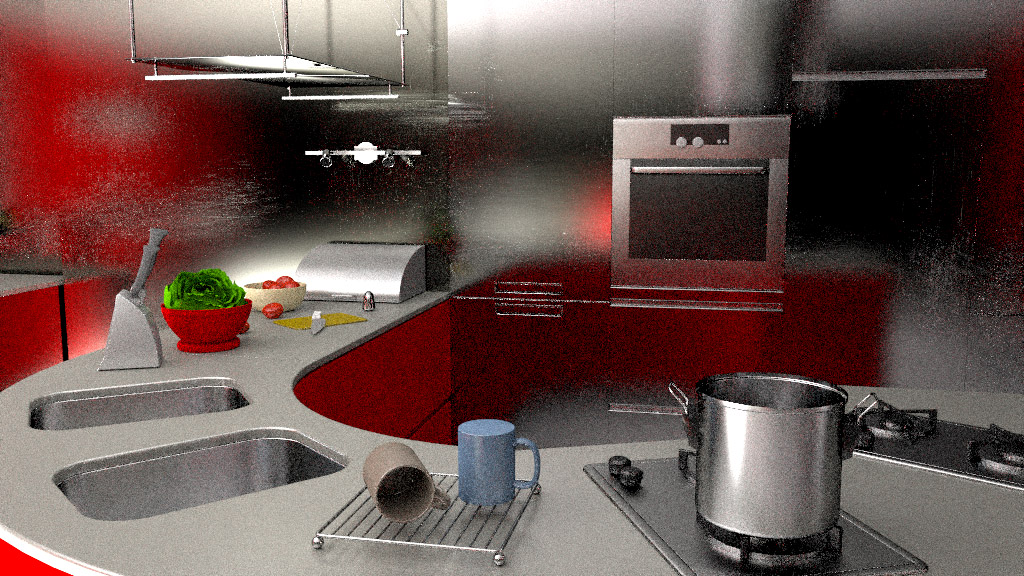The Natural-Constraint Representation of the Path Space
for Efficient Light Transport Simulation
Anton S. Kaplanyan, Johannes Hanika, and Carsten Dachsbacher
SIGGRAPH 2014 (Proc. of ACM Transactions on Graphics 33(4) )


Abstract
The path integral formulation of light transport is the basis for (Markov chain) Monte Carlo global illumination methods. In this paper we present Half vector Space Light Transport (HSLT), a novel approach to sampling and integrating light transport paths on surfaces. The key is a partitioning of the path space into subspaces in which a path is represented by its start and end point constraints and a sequence of generalized half vectors. We show that this representation has several benefits. It enables importance sampling of all interactions along paths inbetween two endpoints. Based on this, we propose a new mutation strategy, to be used with Markov chain Monte Carlo methods such as Metropolis light transport (MLT), which is well-suited for all types of surface transport paths (diffuse/glossy/specular interaction). One important characteristic of our approach is that the Fourier-domain properties of the path integral can be easily estimated. These can be used to achieve optimal correlation of the samples due to well-chosen mutation step sizes, leading to more efficient exploration of light transport features. We also propose a novel approach to control stratification in MLT with our mutation strategy.
Preprint and Supplementary
Bibtex
@article{Kaplanyan2014HSLT,
author = {Kaplanyan, Anton S. and Hanika, Johannes and Dachsbacher, Carsten},
title = {The Natural-Constraint Representation of the Path Space for Efficient Light Transport Simulation},
journal = {ACM Transactions on Graphics (Proc. SIGGRAPH)},
volume = {33},
number = {4},
year = {2014},
keywords = {global illumination, Metropolis light transport}
}
Comparison
Click on the thumbnail to change the scene




